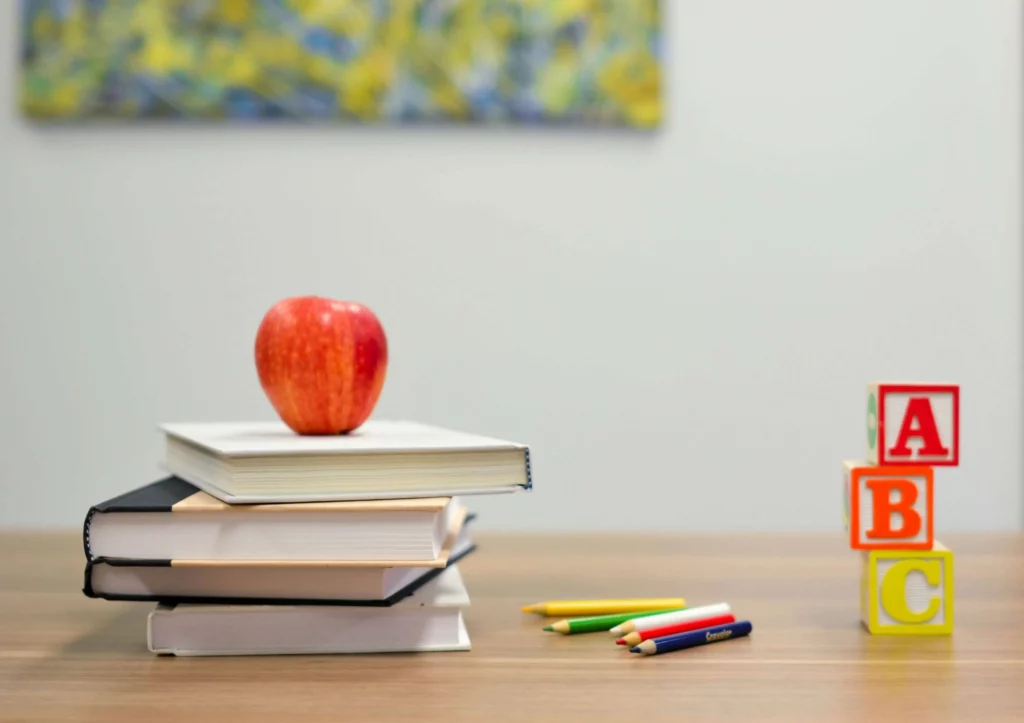Do you wonder why we write ‘label’ and not ‘lable’? This guide will offer a comprehensive explanation of this common, yet deceptively complex, spelling situation.
Roots of the Word ‘Label’
At its core, the spelling of the word ‘label’ finds its roots in the Old French term ‘lambel’ or ‘labeau’, signifying a ‘ribbon’ or ‘fringe worn on clothes’. The connotations of a ‘strip of cloth’ often employed to embellish dresses emerged around the early 15th century. As time progressed, this term evolved further to refer to a ‘tag’, ‘slip of paper’, or ‘sticker’ by the 1670s.
Naming a ‘recording company’ as a ‘label’ is a modern colloquialism from the mid-20th century.

Deconstructing the Spelling
Spelling the word as ‘lable’ is a feature of a common type of spelling mistake: transposing the placement of two adjacent letters. Such an issue often stems from a typographical error or a simple oversight when typing fast. However, this is incorrect.
The fail-safe rule is that ‘label’ is the correct spelling of the word you intend to write.
Key Uses of ‘Label’
Developing a nuanced understanding of vocabulary often comprises understanding the versatility of words and their various contexts of usage. Further, acknowledging its utility as both a noun and a verb aids vocabulary building too. Here are the critical takeaways:
- As a noun, a ‘label’ can indicate a small piece of paper, cloth, or other material attached to an object providing important information about it or a descriptive word or a phrase used to categorize or identify something.
- As a verb, ‘label’ signals the act of attaching a label for identification or descriptive purposes, or it may also mean to describe or categorize something or someone in a certain way.

‘Label’ vs. ‘Labelled’
A crucial aspect to remember is the slight difference in spelling rules when it comes to British and Australian English. In these dialects, the past tense of ‘label’ often sports a double ‘l’, spelling it as ‘labelled’. This deviation is the result of adding a vowel suffix which doubles the final ‘l’.
Conclusion
Unlocking the mysteries of spelling is profoundly rewarding, albeit challenging. The English language, with its rich tapestry woven with influences from various other languages, provides plenty of quirks and puzzling dilemmas. Remember, ‘label’ is the correct spelling, rooted in history, and etymology. Any other spelling variant does not exist and is likely an error. Happy writing!
